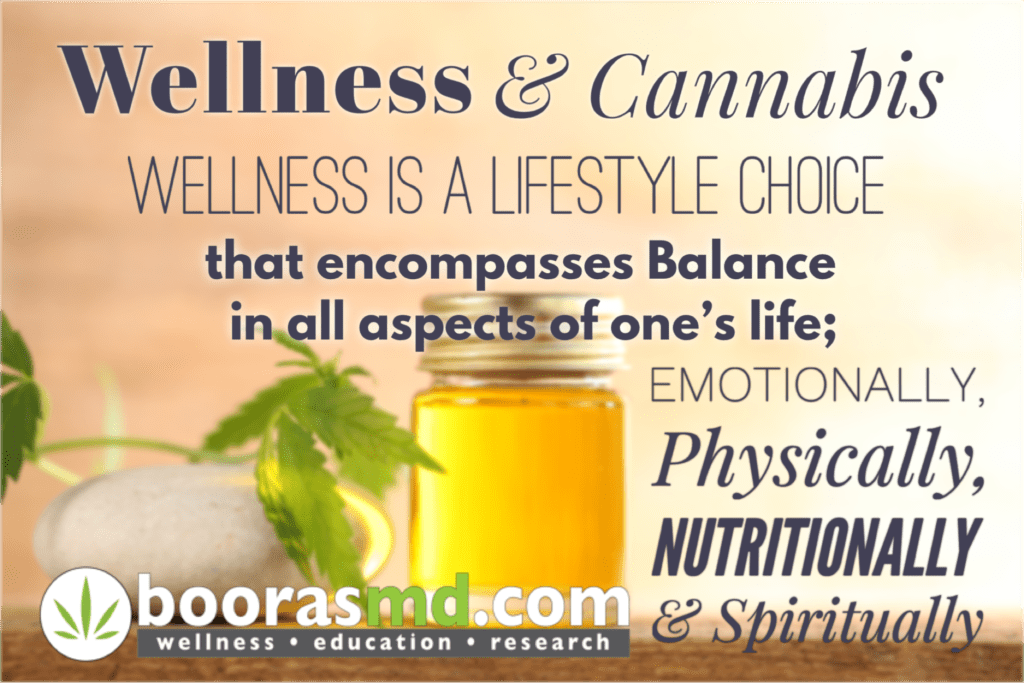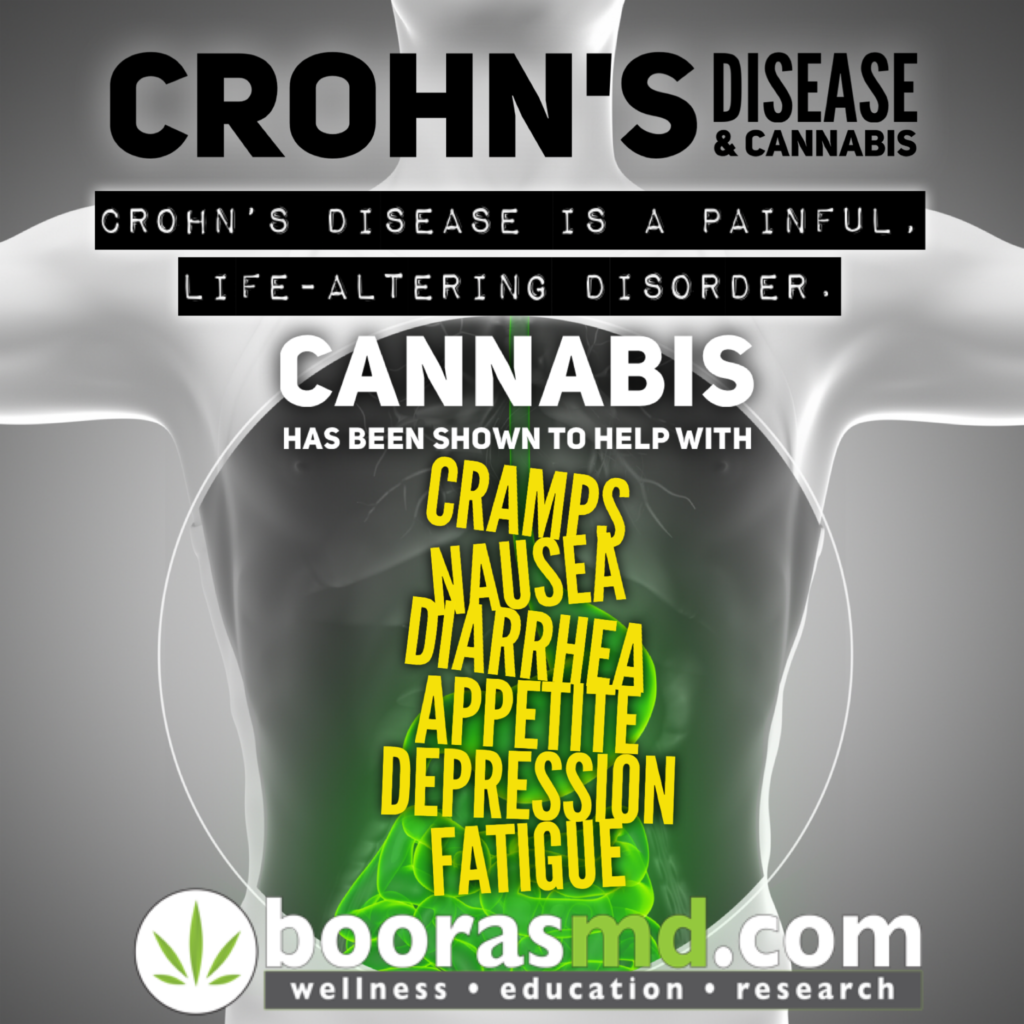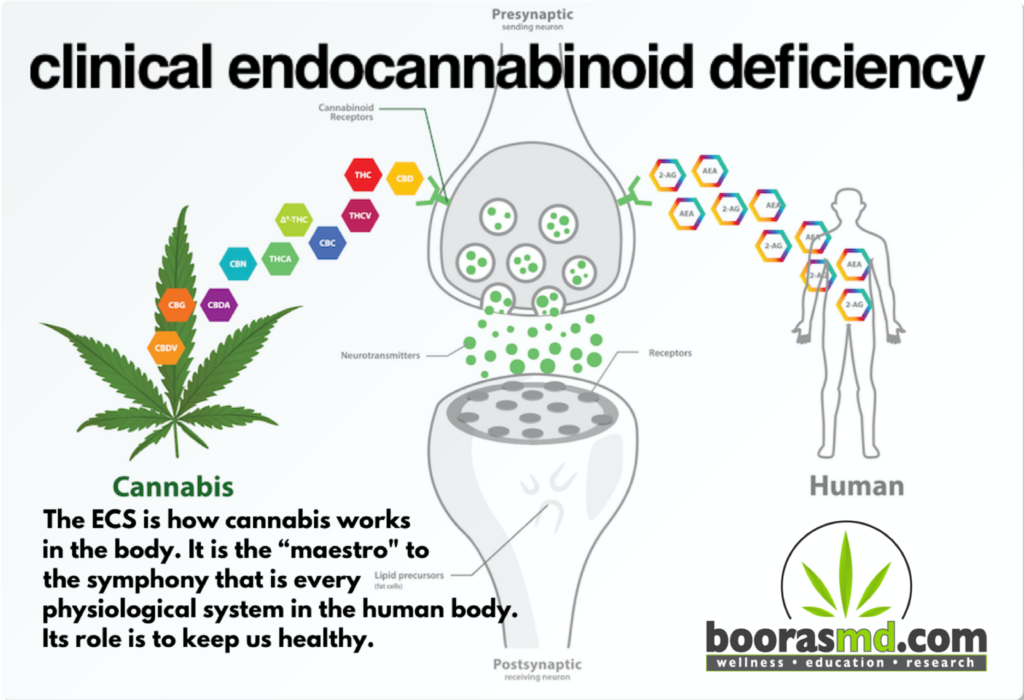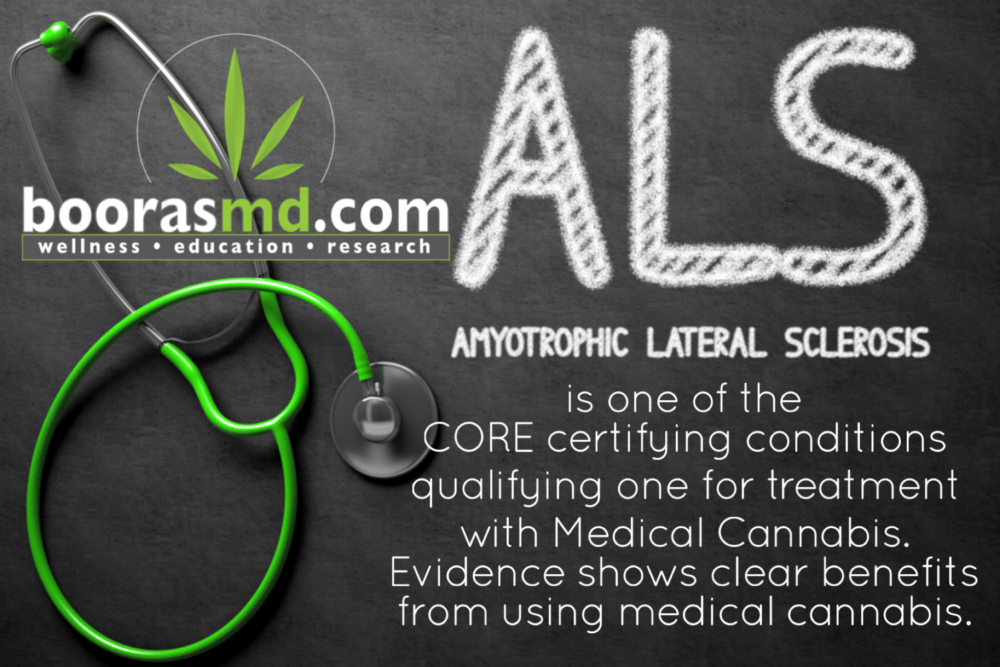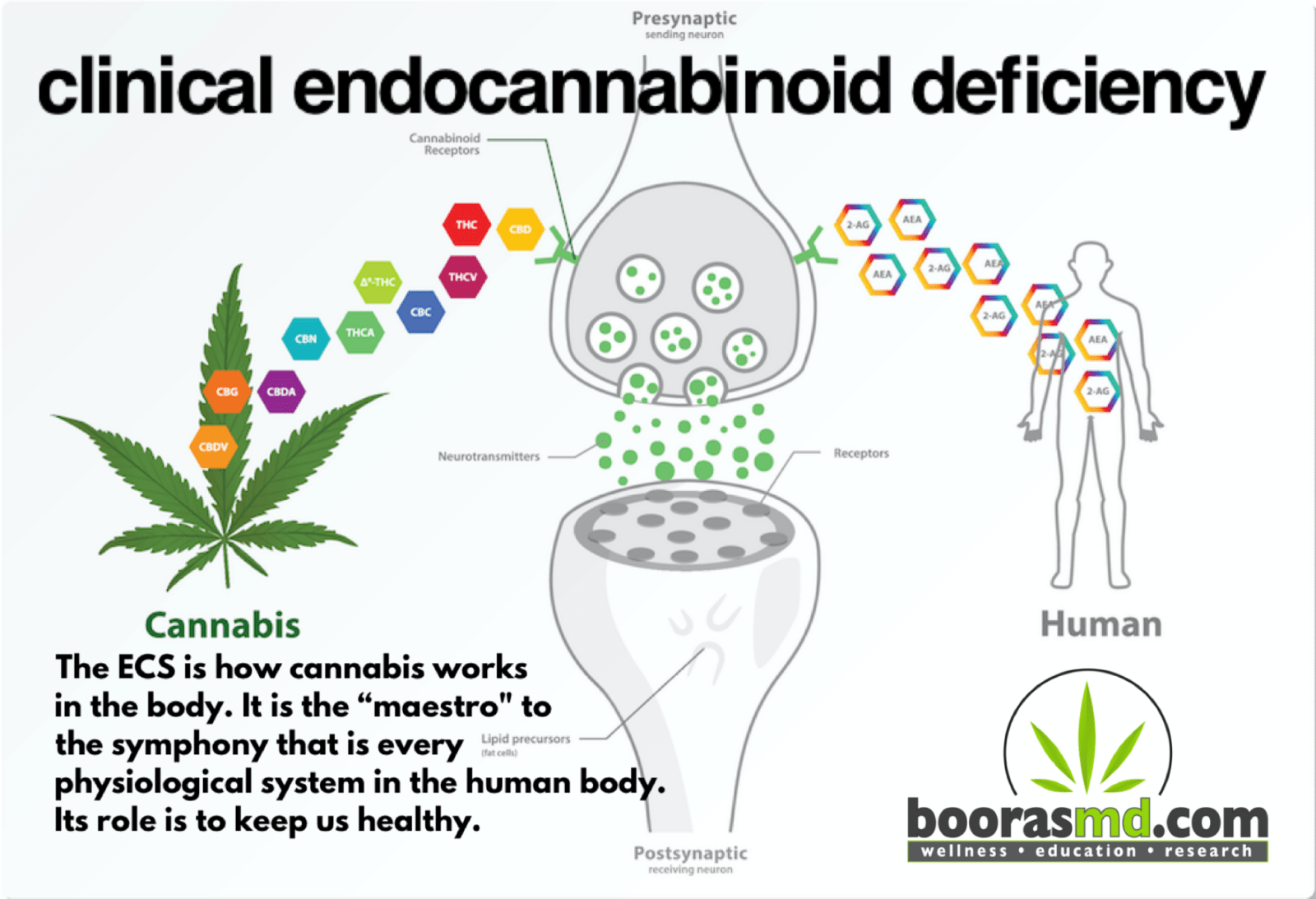Wellness and Medical Marijuana (Cannabis)
Wellness and Cannabis
One of the official definitions of Wellness is “The state of being in good health, especially as an actively pursued goal”.
Personally, I see Wellness as more of a Lifestyle choice that encompasses Balance in all aspects of one’s life; Emotionally, Physically, Nutritionally and Spiritually. Another important component is to avoid substances known to be harmful to our health (nicotine/tobacco, excess alcohol, etc).
How does cannabis contribute to becoming well? I’m glad you asked. Understanding how cannabis works in the body is a key component to answering this question. I encourage you all to read my previous articles; “Cannabis 101 for Clients” and “ Clinical Endocannabinoid Deficiency”. I consider those 2 articles and this one to be ‘required reading” for anyone considering the use of medical cannabis for its multiple health benefits.
To obtain maximum benefits from cannabis, one should also be sure to eat nutritiously, exercise regularly, practice appropriate safe behaviors and strive to find purpose and happiness in your life. Improving health will never be as easy (or work as well) as simply taking cannabis or any other medication without global attempts to improve lifestyle.
What follows are a series of educational bullet points to elucidate how cannabis works in the body .
-The Endocannabinoid System (ECS). This is a complex biochemical communication system that plays a critical role in regulating our physiology, mood and self repair. It also oversee’s proper function of the multiple physiologic systems tasked with keeping us in balance.
The ECS plays a pivotal role in regulating a wide range of physiological processes that affect our mood, our blood pressure, our bone density, our metabolism, our intestinal fortitude, our energy level, how we experience pain, stress, hunger, and much more.
-Recreational Cannabis. Genetically, recreational cannabis has been bred to increase the concentration of THC. By breeding out CBD from a plant that originally had equal parts of THC and CBD we have lost a lot of its therapeutic effectiveness.
CBD is not addictive and works synergistically with THC to boost its medicinal properties. It also reduces the “High” that can develop from use of THC.
CBD has also been shown to help with pain, inflammation, anxiety, depression, seizures, GI problems, cancer, muscle spasticity, neuroprotection and autoimmune problems. CBD has potential in treating other conditions, like rheumatoid arthritis, Alzheimer’s, Parkinson’s, multiple sclerosis, dementia, Huntington’s chorea, stroke, traumatic brain injury, diabetes, obesity, metabolic syndrome, autism, ADHD, alcoholism, collide us, vascular atherosclerosis and skin diseases like acne, dermatitis and psoriasis.
Many hemp-derived CBD oil products are mislabeled as to cannabidiol and THC content. And poorly processed CBD oil may be tainted with toxic solvent residues, pesticides, corn syrup, artificial flavors and colors, and other contaminants. A study published in the Journal of the American Medical Association (JAMA) indicated that 69 percent of hemp CBD products tested did not contain the amount of cannabidiol indicated on the label. https://jamanetwork.com/journals/jama/fullarticle/2661569
To summarize, using THC without CBD provides less than 50% of the benefits one would achieve with using them together.
-Our bodies make only 2 “Endocannabinoids”, Anandamide (N-arachidonoylethanolamine) and 2-AG (2-arachidonoylglycerol). Our body makes these chemicals “on-demand” in response to illness, inflammation and injury. Many conditions are felt to be a result of our body not producing enough Anandamide and/or 2-AG.
The cannabis plant contains over 100 Phytocannabinoids. The plant also contains multiple components (Terpenes and Flavonoids, among others) that activate the ECS. In total, there are over 480 active cannabis compounds.
-Cannabinoid Receptors. Cannabis activates the Endocannabinoid System by stimulating receptors to trigger complex physiologic functions.
CB1 receptors are the most prevalent protein receptors in our brain and are primarily triggered by the phytocannabinoid, THC. These receptors are also found in our intestinal tract and are an important part of the “Enteric Nervous System”, which has important health benefits. These receptors are also found in the liver, kidneys, heart and other organs.
CB2 receptors. These regulate the immune system, pain perception, inflammation and metabolic function. THC also activates CB2 receptors. Beta caryophyllene, an aromatic terpene found in many cannabis strains, green leafy vegetables, and common kitchen spices, activates CB2.
Other cannabinoids, including CBD, interact with the endocannabinoid system indirectly without binding like lock and key to a cannabinoid receptor. Theoretically, CBD may inhibit the breakdown of Anandamide, thus sustaining enhanced ECS tone after activation.

